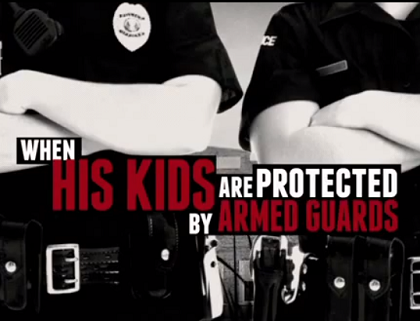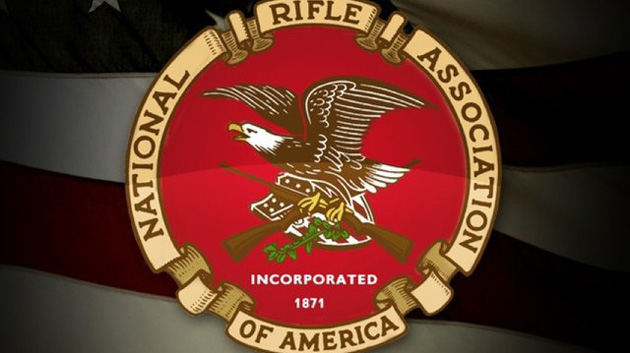President Barack Obama unveiled his proposal for responding to gun violence Wednesday, issuing a list of 23 executive actions he intends to take to try to reduce gun violence in the United States. Many of these steps, such as appointing a director of the ATF and improving background checks, resemble those gun control advocates mentioned to me and my colleague Tim Murphy earlier this week. The 23 executive actions can happen right away, but other parts of Obama’s plan, such as a new assault weapons ban, will require congressional approval.
Here’s a list of the executive actions Obama has said he has taken or will take:
1. Issue a presidential memorandum to require federal agencies to make relevant data available to the federal background check system.
2. Address unnecessary legal barriers, particularly relating to the Health Insurance Portability and Accountability Act, that may prevent states from making information available to the background check system.
3. Improve incentives for states to share information with the background check system.
4. Direct the attorney general to review categories of individuals prohibited from having a gun to make sure dangerous people are not slipping through the cracks.
5. Propose rule making to give law enforcement the ability to run a full background check on an individual before returning a seized gun.
6. Publish a letter from ATF to federally licensed gun dealers providing guidance on how to run background checks for private sellers.
7. Launch a national safe and responsible gun ownership campaign.
8. Review safety standards for gun locks and gun safes (Consumer Product Safety Commission).
9. Issue a presidential memorandum to require federal law enforcement to trace guns recovered in criminal investigations.
10. Release a DOJ report analyzing information on lost and stolen guns and make it widely available to law enforcement.
11. Nominate an ATF director.
12. Provide law enforcement, first responders, and school officials with proper training for active shooter situations.
13. Maximize enforcement efforts to prevent gun violence and prosecute gun crime.
14. Issue a presidential memorandum directing the Centers for Disease Control and Prevention to research the causes and prevention of gun violence.
15. Direct the attorney general to issue a report on the availability and most effective use of new gun safety technologies and challenge the private sector to develop innovative technologies.
16. Clarify that the Affordable Care Act does not prohibit doctors asking their patients about guns in their homes.
17. Release a letter to health care providers clarifying that no federal law prohibits them from reporting threats of violence to law enforcement authorities.
18. Provide incentives for schools to hire school resource officers.
19. Develop model emergency response plans for schools, houses of worship, and institutions of higher education.
20. Release a letter to state health officials clarifying the scope of mental-health services that Medicaid plans must cover.
21. Finalize regulations clarifying essential health benefits and parity requirements within ACA exchanges.
22. Commit to finalizing mental-health parity regulations.
23. Launch a national dialogue led by Secretaries Sebelius and Duncan on mental health.
Most of these recommendations, such as getting the CDC involved in research on gun violence, will rankle the gun lobby. (The National Rifle Association has long opposed such research.) Obama has, however, included ideas from gun control critics in his plan. Shortly after the Sandy Hook shootings, NRA executive vice president Wayne LaPierre gave a rambling speech in which he blamed violent movies and video games for gun violence and called for more armed guards in schools. The White House proposal not only includes more armed protection of public schools, but also directs the CDC specifically to “explore the impact of violent media images and video games” on gun violence.















